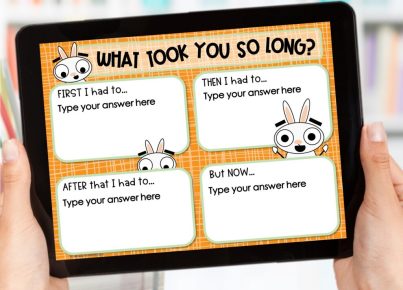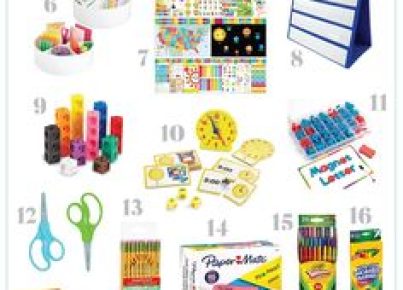1. Establish Clear Goals and Outcomes: Begin by outlining specific goals for both students and teachers. This ensures that everyone understands the project’s objectives, expectations, and evaluation criteria.
2. Leverage Technology For Collaboration: Utilize applications such as Google Docs, Zoom breakout rooms, or project management tools like Trello to facilitate seamless communication among team members.
3. Provide Accessible Resources and Materials: Ensure that students have access to helpful resources such as videos, websites, or e-books related to their projects for deeper exploration and understanding.
4. Offer Continuous Support and Clear Communication: Virtual classrooms can feel isolating for some students. Continue to provide support, either through synchronous or asynchronous channels, to address any questions or concerns students may have.
5. Foster Reflection and Self-Assessment: Encourage students to engage in self-reflection regularly and track their progress towards the project’s goals. This can be done through journals or one-on-one check-ins.
6. Showcase Student Achievement: Celebrating success and showcasing online projects not only boost students’ confidence but also helps them connect with their peers’ work, fostering a sense of community.
Conclusion:
As virtual learning becomes more common, it is essential for educators to adapt project-based learning techniques for the digital age. The strategies mentioned above can create meaningful educational experiences for students while fostering collaboration, critical thinking, and creativity. Indeed, project-based learning can not only survive but also thrive in a virtual world.




